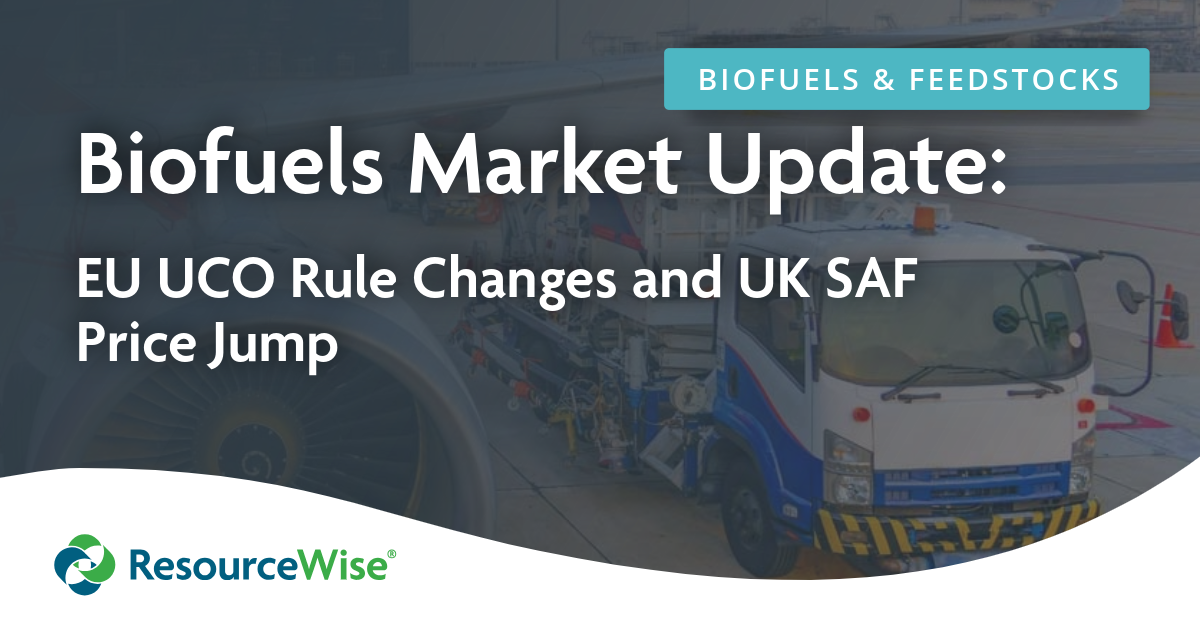5 min read
Can China’s Engineering Thermoplastics Markets Maintain Steady Recovery from Worst of Covid-19 Downturn?
 William Bann
:
Oct 28, 2020 12:00:00 AM
William Bann
:
Oct 28, 2020 12:00:00 AM

Overview of China's Economic Landscape Amid COVID-19
China, like the rest of the world, has witnessed unprecedented upheaval due to the COVID-19 pandemic. China’s economy sputtered through the first half of 2020 as the coronavirus spread to all regions, stopping the export of finished goods and restricting the import of needed raw materials. The cloud over China’s economy slowly began lifting in the third quarter, and the pace of growth accelerated early in Q4. Some analysts expect China’s overall GDP growth to reach about 2% in 2020—paltry figures compared to the country’s recent figures but enviable levels for other leading global economies.
Impact on Engineering Thermoplastics Markets
Engineering Thermoplastics markets in China have mirrored the country’s overall economic activity during the year—very poor demand during lockdown, slow improvement through the second quarter, and stronger supply/demand dynamics beginning in September. According to some analysts, demand for ETPs has recovered to pre-COVID levels and should remain higher in the short term in the domestic markets. However, there are still some broader concerns as many typical export markets are struggling with rising cases of COVID-19 with the western end-year holiday season in the not-too-distant future. Will buyers spend as usual before the holidays, or will overall consumption of consumer goods fail to meet expectations? This could have implications for Chinese market participants and looms as a possible barrier to further growth for the engineering thermoplastics markets.
Polyamide 6 and Polyamide 66 Resins: Market Trends and Outlook
Polyamide 6 polymer prices increased after the National Holiday in early October. Because of solid demand in the compounding market, engineering plastic grade polymer prices are very firm, and some grades of engineering polymer are unusually priced higher than the high-speed spinning grade polymer grades. The automobile market is recovering slowly but has not reached the same level as last year's. Fibre demand is also recovering after the National Holiday, with orders increasing from overseas markets.
Tightening Supplies and Rising Prices in Polycarbonate Resin Market
September and October are usually good months for the Chinese polyamide industry, so the price increases are within most people’s expectations. Market participants hope demand will remain steady in November but do not dare to be too optimistic for the market in December.
Chinese polyamide 66 engineering resin prices have continued to rise in the third quarter after hitting bottom in May due to sustained recovery in demand and some supply shortages. The main downstream sectors for PA 66 resin—automobile, electronics, and home appliances—have all continued to recover, driven by stimulus policies from the government to promote consumer consumption and infrastructure projects. Consumption from many compounders has already returned to or moved above pre-pandemic levels. Moreover, the domestic PA66 market has also benefited from increasing orders or demand being shifted to China from other parts of the world. China is the only major manufacturing area no longer directly affected by the COVID-19-related lockdown measures.
Supply of PA66 has become tight due to some planned turnarounds and unexpected facility issues impacting major producers, which have driven prices up, even though feedstock prices performed less strongly. The supply shortage will likely be eased in Q4, with new capacities coming on stream and production lines resuming production after completing turnarounds. Feedstock HMDA has been in ample supply in China. Still, the recent facilities and logistic issues in the upstream HMDA/adiponitrile plants in Europe and the US added more certainty on PA66 supply towards year-end.
An improvement in demand has helped to tighten polycarbonate resin supplies, a situation that has not been seen in the market for many months. In the past month, demand has also improved significantly, based on the strong indicators of domestic macroeconomic and export data. Demand for home appliances reportedly was strong over the past several months for the downstream polycarbonate industries, which has helped support demand for compounding material. The automotive sector and electronics applications were also strong in the traditional high season.
Although demand has improved in September and October, and supply looks tight, the industry suffers from high feedstock prices and overcapacity. New capacities are due to start trial runs beginning in the fourth quarter. If the new capacities start or current producers increase operating rates, the market will face oversupply again. It may be difficult for PC producers to increase prices much, even if demand improves.
Firm Prices and Supply Challenges in Polyacetal Resin Market
On the other hand, Polyacetal resin prices in China are very firm because of tighter supplies. Homopolymer prices, in particular, have increased sharply because of short supply. Producers are unwilling to sell at low prices because there has not been much inventory pressure in recent weeks. Compounders have enjoyed fairly strong profitability during the past several months due to the benefit of low POM prices, but that situation changes as POM prices rise.
Although the automobile sector is recovering slowly, other downstream markets, such as home appliances and medical supplies, have shown good demand levels throughout the pandemic. Volumes of imported POM to China have decreased by around 5% year-on-year through August, and it is understood that this trend continued in September even though official trade data was not yet available. According to market participants, it is difficult to find spot volumes of polyacetal resin despite higher domestic prices.
After a tough period for polybutylene terephthalate resin in China during most of 2020, demand for PBT resin started to recover gradually from September, particularly from compounders and fiber sectors. After PBT resin prices hit historic low levels in August, domestic PBT resin transaction prices continued to increase, reaching Rmb7500-8000/ton, reflecting increasing demand and strong 1,4 butanediol price trends in the middle of October. Major PBT resin producers maintained operating rates at relatively high levels in October to meet the demand from downstream buyers. It was reported that activity in China’s factories extended solid growth in September, adding further momentum to an economy recovering from COVID-19.
Market participants seem to be more confident about PBT resin market developments in the short term after a prolonged period of hard challenges for much of this year. PBT resin producers were expecting strong pricing for PBT along with good demand and firm pricing for feedstock BDO in the near future. However, it should also be considered that in the near future, demand may face a lot of uncertainty in the context of the ongoing global pandemic and other political issues, such as the upcoming US election.
Impact of COVID-19 on Acrylonitrile-Butadiene-Styrene (ABS) Market
The COVID-19 pandemic greatly impacted the acrylonitrile-butadiene-styrene (ABS) market in early 2020. The Chinese New Year holiday is traditionally seen as the first peak for consumer goods such as home appliances, but the high season disappeared this year due to the spread of the virus and the lockdowns that followed. ABS consumption was not strong. Distributors kept stock levels high and planned to halt orders after the holidays. The efficiency of logistics was highly restricted as transportation/shipping companies were required to obey the temporary rules of local governments during the height of shutdowns due to the epidemic from the end of January to mid-February.
Another factor that impacted ABS market activity was weak downstream demand in labor-intensive industries, as some employees failed to return to work as expected due to COVID-19 restrictions. Consequently, ABS production slowed down sharply in February against high inventories.
With the loosening of lockdown restrictions and implementation of other control measures for dealing with the coronavirus, many people started to return to work at the end of February. ABS production and consumption recovered slowly as homebound consumers stimulated the increasing demand for ABS in home appliances, home office equipment, and fitness apparatus.
Outlook for ABS Market Amidst Recovery and High Operating Rates
In May, the Chinese government announced that helmets were required for motorcycling, which also firmed demand in the ABS market. Healthy profits have helped support high operating rates for ABS production in China since May. There are no new ABS capacities scheduled to come online this year.
ABS demand is expected to be good for the rest of 2020 as downstream consumers are confident of the coming online shopping festival in November and good overseas orders. Both factors will help consolidate the high outputs of domestic ABS producers moving toward the end of 2020.
Learn more about how OrbiChem360, our online chemicals intelligence platform, can help your business in the global chemicals market.




